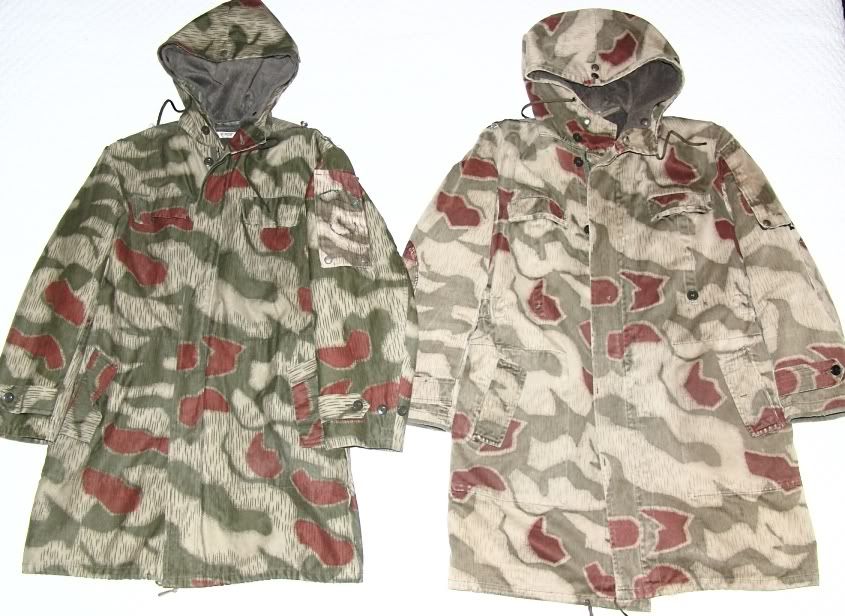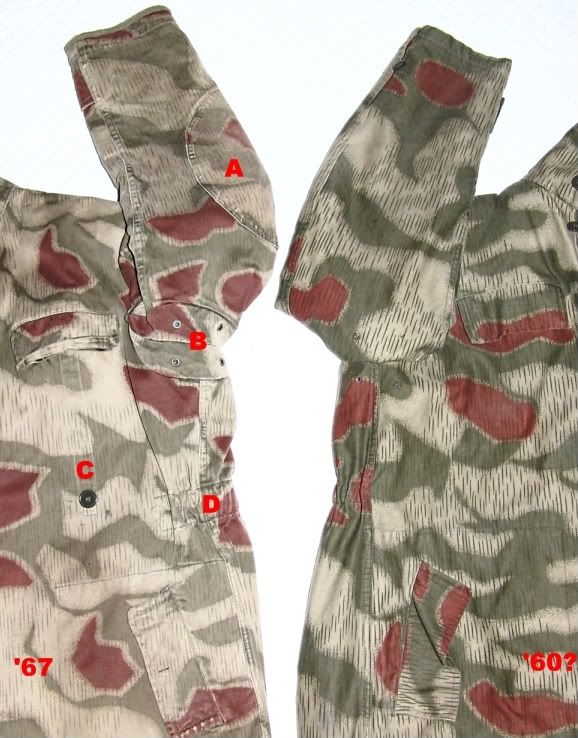I forgot to mention that the 1950s BGS Arbeitsjacke resemble Zoll Arbeitsjacke that I sold Gordon. Except Zoll is lighter green and no shoulderboard loops. It is undated so I could not say how old it is.

regards
Klaus

regards
Klaus










There are currently 15 users online. 0 members and 15 guests.
Most users ever online was 10,032 at 08:13 PM on 09-28-2024.
Comment